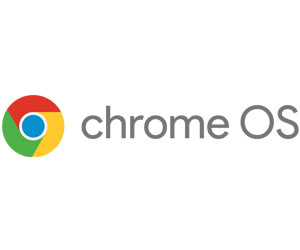The Allure of the Chromebook for Students Now Attracts Teachers
It’s no secret that a student’s Chromebook can be one of the most helpful tools in education. There are no headaches with saving work, sharing computers and documents, or integrating additional apps and programs, among other tasks. Students especially love the simplicity of logging in one time, then being able to access all the programs and applications they need immediately.
But when a teacher doesn’t have access to the same type of device as a student, it’s harder to troubleshoot technical issues, teach digital literacy and share information between computers. Now, the dynamic and powerful devices that have accompanied students through virtual, in-person and hybrid learning are available to educators in a wide range of options, and having that same device streamlines the classroom interaction.
“Chromebooks are a great solution because they’re intuitive,” Slaoui says. “They’re built for the cloud and seamlessly integrated with the class so that you never lose anything.”
MORE ON EDTECH: Cloud technology continues to trend in K–12 education.
With Chromebooks, Teaching Is Simpler in Elementary Education
Teachers in K–6 settings have unique needs that Google is looking to address with Chromebooks. Research shows that the average attention span for young students ranges from just 12 to 24 minutes, so there’s no time to waste solving a computer problem.
Chromebooks have 55 percent fewer unplanned outages than their counterpart devices, according to an IDC InfoBrief report sponsored by Google. There is also 59 percent less time spent on maintenance, the report concludes. Additionally, updates happen automatically behind the scenes and don’t interfere with lesson plans or short class periods. “It’s friction-free, and there’s no downtime,” Slaoui says. The quick boot-up time is also beneficial in elementary classrooms.











